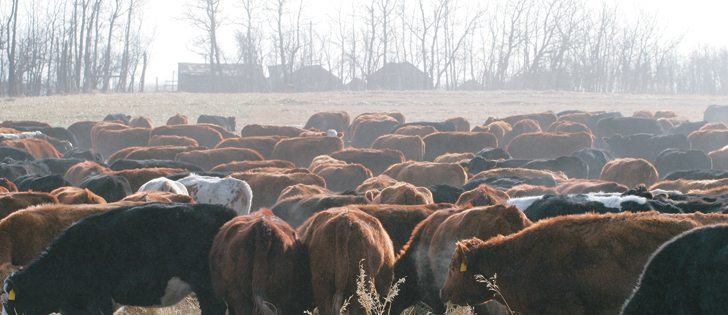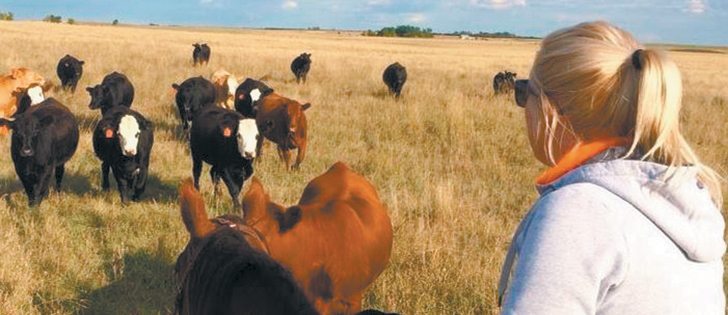A dynamic and profitable cattle industry is the vision that was identified in the recently released National Beef Cattle Industry Strategy.
The industry-authored document is a broad based, ambitious strategy with great timing, now that increased profits in the beef and cattle industry have put a spring in the step of everyone involved.
The national strategy has set the following goals: enhance beef demand, reduce production cost disadvantages, increase production efficiency and increase connectivity.
The key assumption underlying these goals is that an increased global beef demand will allow Canadian production to supply more of that demand. This approach seems to fit nicely within the aggressive nature of the federal government’s global trade policy.
Read Also

Veterinary college expands to meet need
Alberta government invests nearly $70 million at University of Alberta to double student capacity of veterinary program to address provincial shortage of professionals in the field to aid many sectors including agriculture for livestock.
The latest BSE discovery has shown few signs that will affect this demand.
The Canadian Cattleman’s Association, the National Cattle Feeders Association, the Canadian Beef Breeds Council, Canada Beef Inc., the Beef Cattle Research Council and the provincial cattle organizations are to be commended for coming together to outline a strategy, set specific outcomes and suggest an oversight body for monitoring and evaluation. The strategic nature of the process and the follow-up required as the process evolves over the next five years will hopefully lead to a stronger Canadian beef industry.
However, this strategic effort will come at a cost.
The strategy states that “the Canadian beef industry has moved into a new price range that can and needs to be sustained in order to create the returns necessary to stabilize and grow our cattle numbers.”
However, the level of provincial and national check-off money collected to fund such efforts is at a 20 year low.
As well, obtaining market access is only the beginning of the cost of export markets. Maintaining market access also comes at a cost.
Part of the strategic process will hopefully allow for evaluation of created value created relative to the costs incurred, especially because some of the export markets appear to be teetering on the edge of recession.
Many of the upcoming provincial cattle association meetings will likely include discussions about increasing cattle marketing checkoffs. Beef Farmers of Ontario has already approved a $1 increase that became effective Nov. 1.
In the West, the momentum and corresponding check-off money have often come first out of Alberta.
However, the current divided state of Alberta’s checkoff may not allow that province to set the pace as it has in the past.
In what has been called the best of times for the cattle industry, the organizations that exist to promote the industry are being asked to be more strategic with limited funds. This is largely delayed fallout from living through what could be described as the worst of times.
The debate to increase checkoffs may be fierce, but the outcome will hopefully generate support for a strong strategy. It’s a strategy that may prove more valuable when the best of times are in our rear-view mirror.















